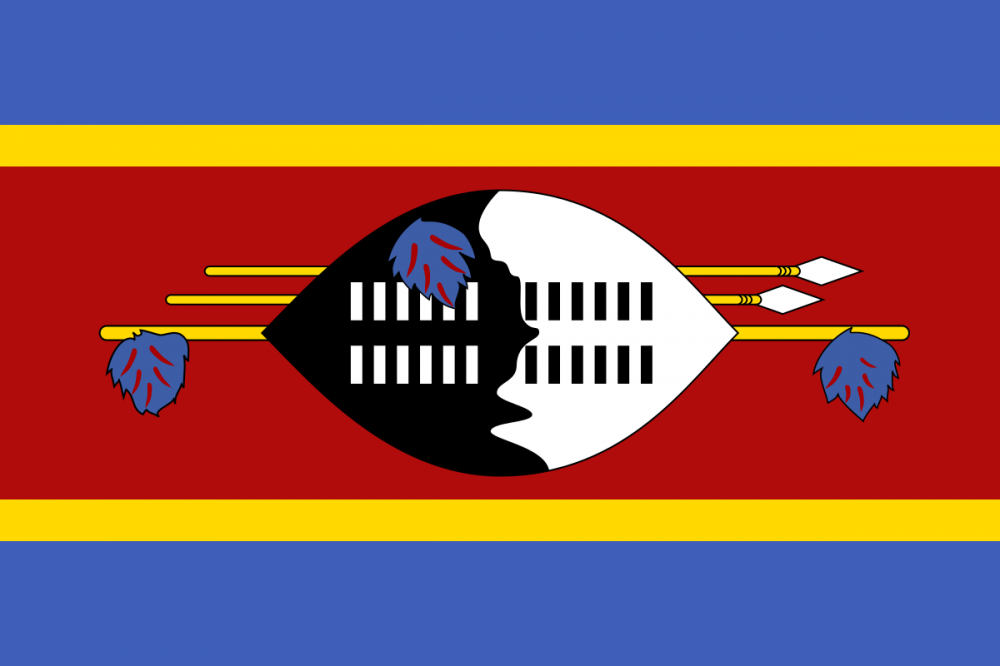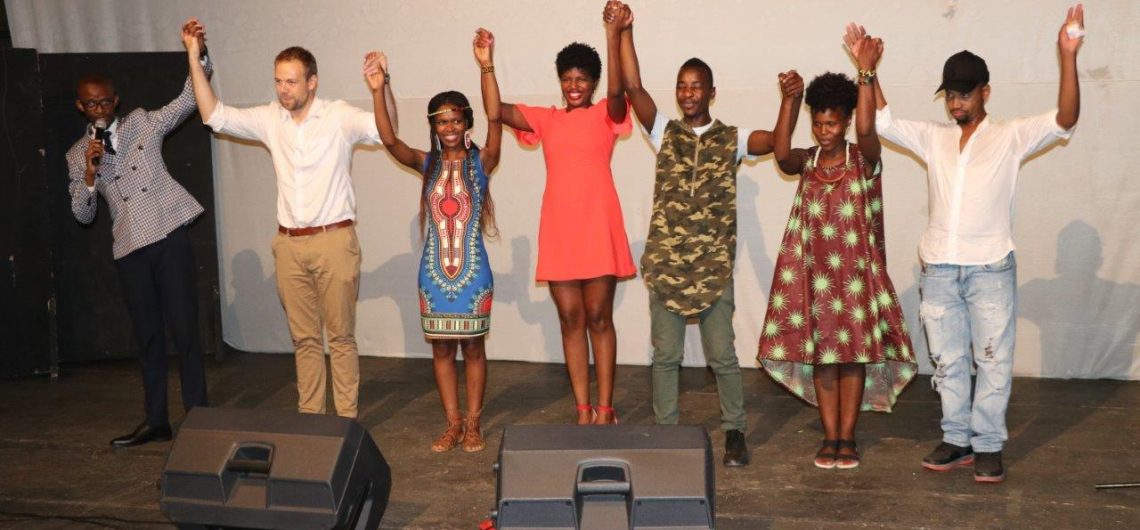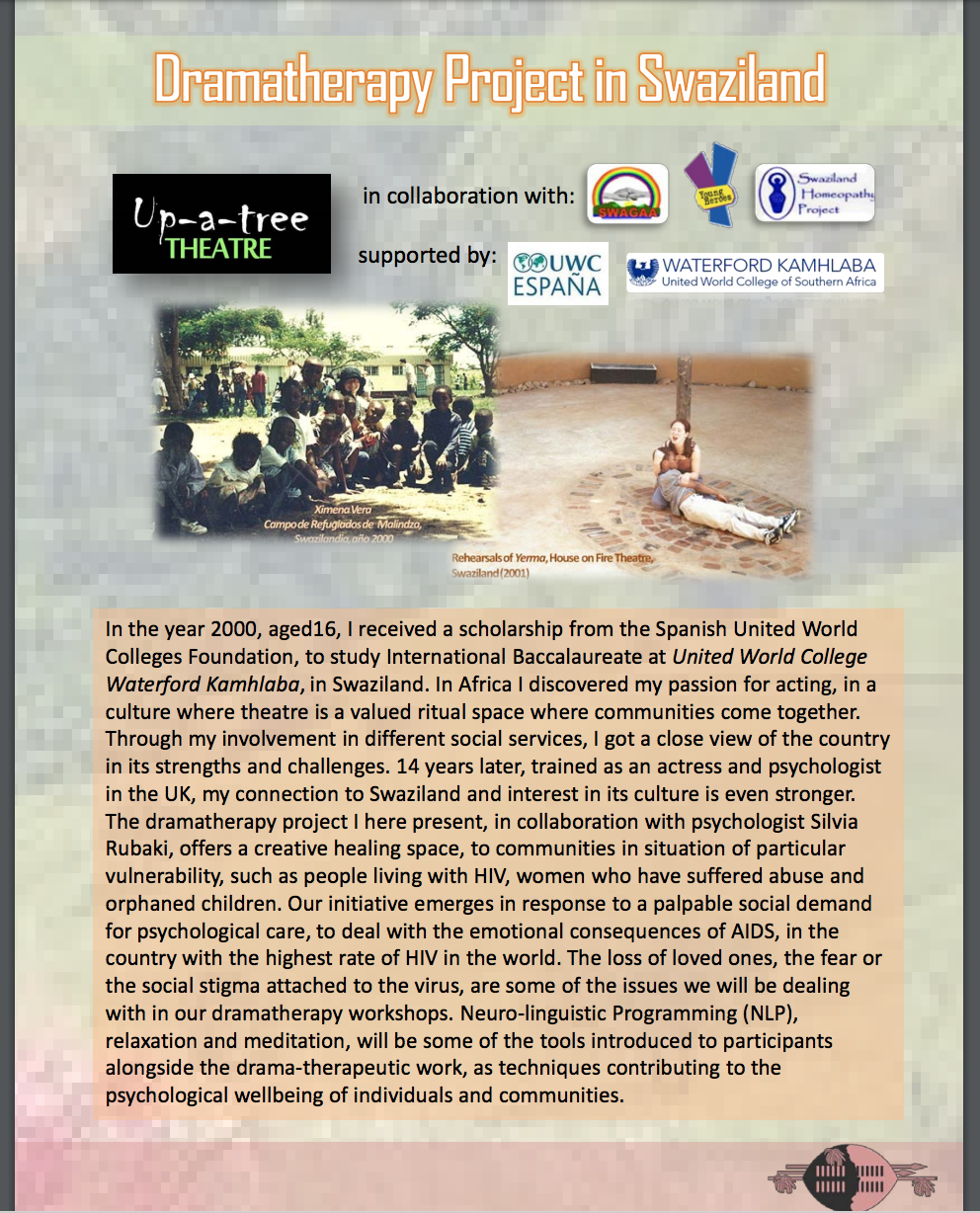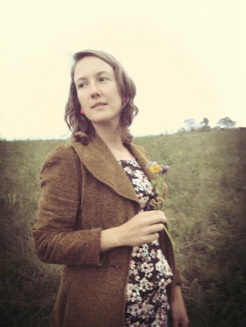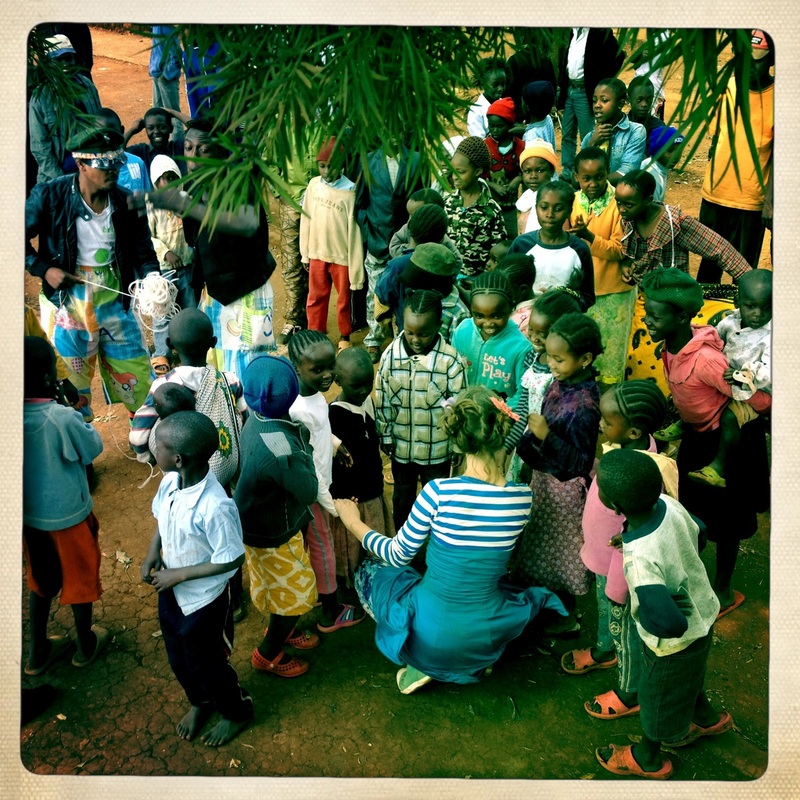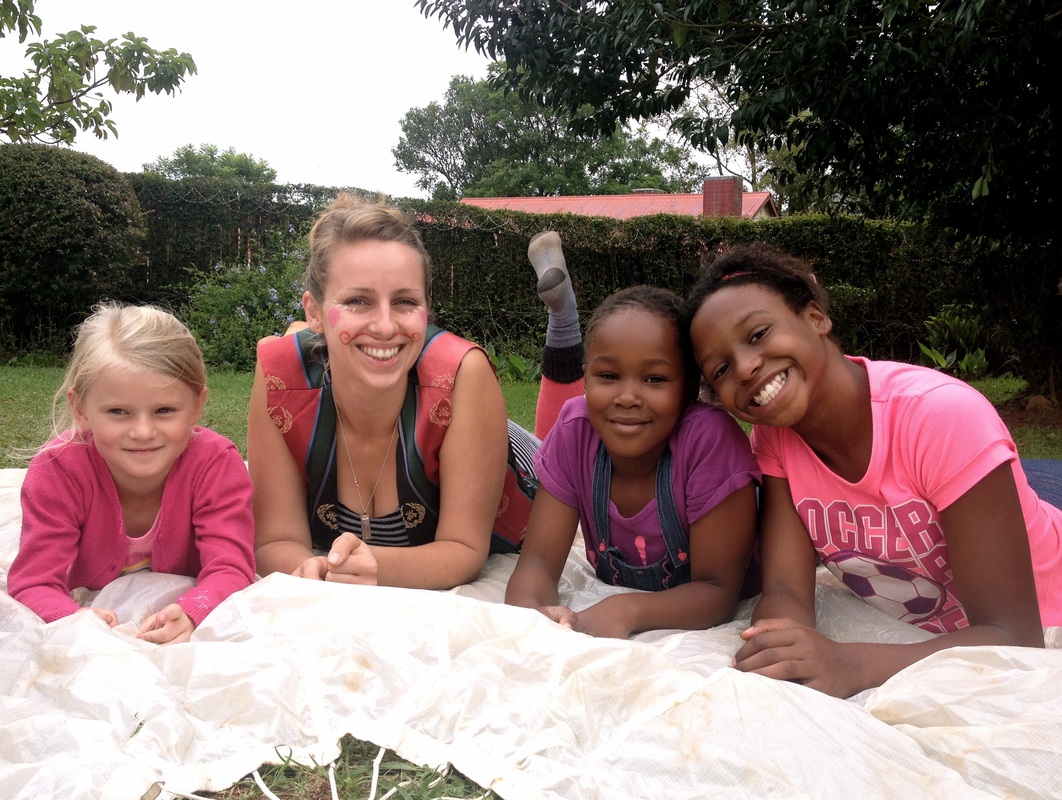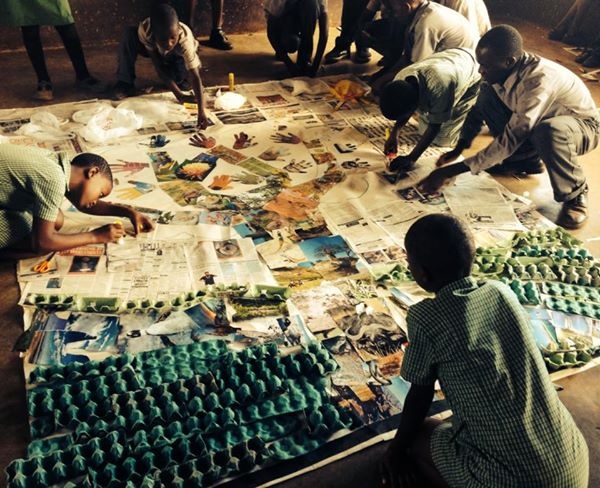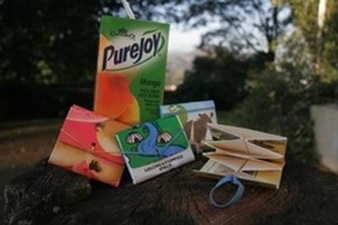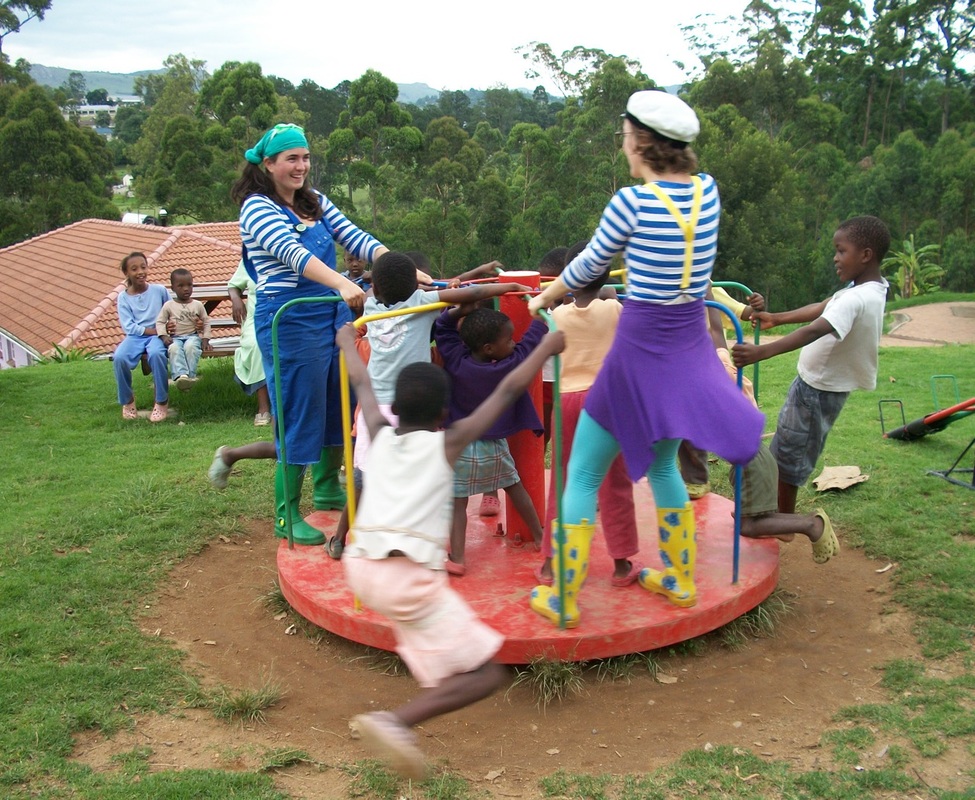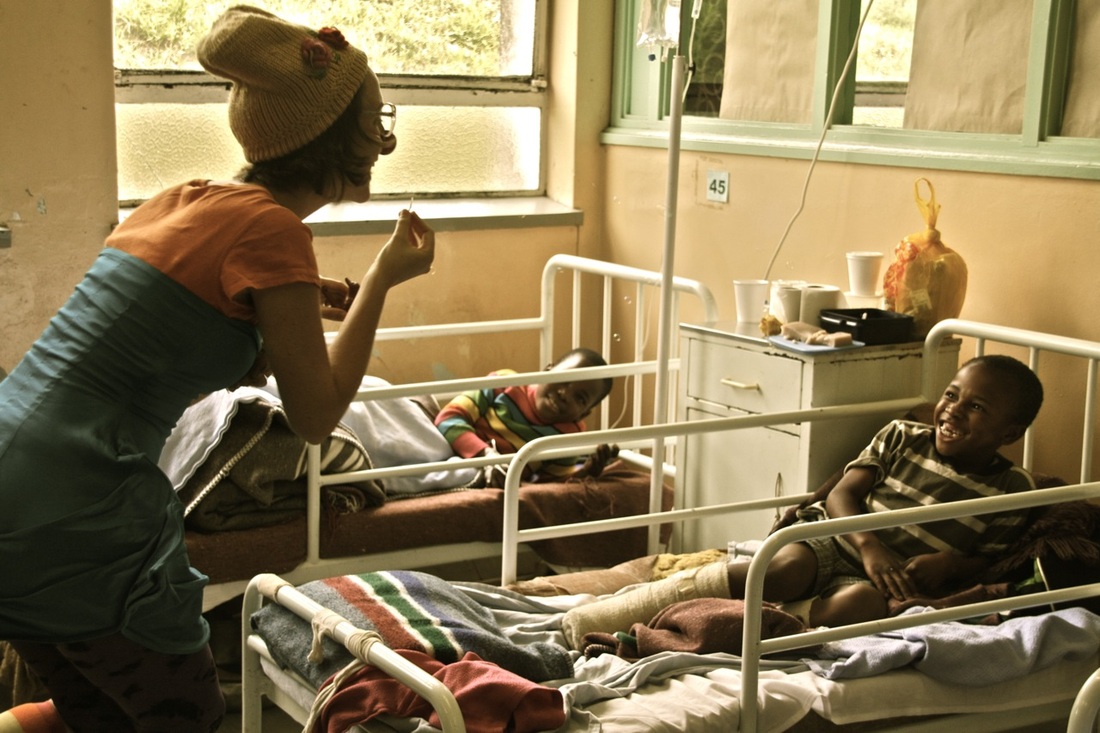Noma Dumezweni is an English actress. In 2006, she won an Olivier Award for her role in A Raisin in the Sun. She stars as Hermione Granger in the original West End and Broadway runs of Harry Potter and the Cursed Child, which garnered her second Olivier Award.
Born in Swaziland, of South African parents, Dumezweni lived in Botswana, Kenya and Uganda. She arrived in England as a refugee on 17 May 1977 with her sister and mother. She first lived in Felixstowe, Suffolk, where she was educated before moving to London.
Dumezweni’s work in theatre includes: President of an Empty Room and The Hour We Knew Nothing Of Each Other[4] at the National Theatre, London;[5] Breakfast with Mugabe,[6] Antony and Cleopatra[7] and Much Ado About Nothing[8] for the RSC; A Raisin in the Sun for the Young Vic at the Lyric Hammersmith, London[9] (for which she won her Laurence Olivier Award for Best Performance in a Supporting Role[10]); A Midsummer Night’s Dream,[11] The Master and Margarita,[12] Nathan the Wise[13] and The Coffee House at Chichester Festival Theatre, Six Characters in Search of an Author in the Chichester Festival production at the Gielgud Theatre[14][15]and The Bogus Woman[16] at the Traverse and the Bush. In spring of 2009 she appeared in the RSC’s The Winter’s Tale.[17][18][19] In 2013-2014 she appeared in A Human Being Died That Night at the Fugard Theater in Cape Town, the Market Theatre in Johannesburg, which later transferred to the Hampstead Theatre in London.[20]
She starred in Linda at London’s Royal Court Theatre in November 2015, stepping into the role vacated by Kim Cattrall with a few days notice before press night. Awarding the production five stars, the Daily Telegraph’s Chief Theatre Critic Dominic Cavendish wrote “If they can bottle and mass-produce whatever it is that Noma Dumezweni has got then, please, I want to order a life-time’s supply.”[21]
In December 2015 it was announced that Dumezweni had been cast as Hermione Granger in Harry Potter and the Cursed Child.[22] On the announcement, theatre critic Kate Maltby described her as “an actress who consistently engages and enthrals.”[23] The casting of the black Dumezweni as Hermione sparked fervent discussion, to which J.K. Rowling responded that Hermione’s skin was never specified as white.[24][25] Dumezweni is set to reprise her role on Broadway at the Lyric Theatre in 2018.[26]
‘I Am a Refugee Child.’ Watch Harry Potter Play’s Hermione Granger Give a Powerful Speech
It was a truly magical Sunday night for the cast of Harry Potter and the Cursed Child, as the play took home bronze statuettes at the Olivier Awards sweeping the ceremony, according to the BBC.
Noma Dumezweni who won Best Actress in a Supporting Role for her portrayal of Harry Potter’s bookish best friend, Hermione Granger, delivered a powerful speech about her life as a refugee child.
“I arrived in this country as a refugee child with my sister and my mother,” she said. “I suppose what I’m trying to say — this is my little political bit, if you don’t mind — I am a refugee child.”
The actress, who the Guardian reports has South African parents and was born in Swaziland, joins the rank of performers using their platforms at awards ceremonies to touch on political issues.
Dumezweni’s casting had attracted hostility from some fans who complained that the character, played by Emma Watson in the films, was white. Harry Potter author J.K. Rowling took to Twitter to announce her support of the casting choice.

